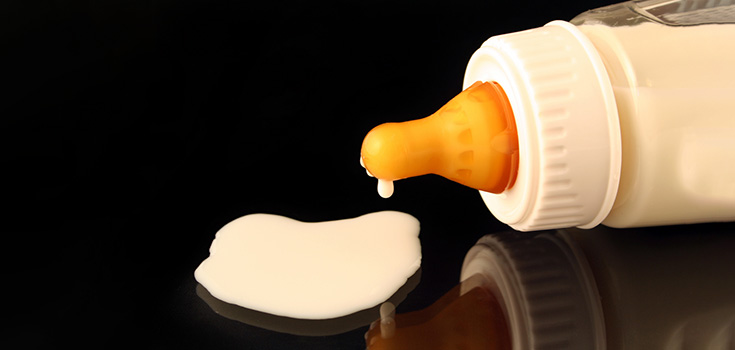Toxic Hormone-Mimicking BPA Now Linked to Diabetes

It seems evident that the effects of bisphenol A have been made known to a large contingent of health conscious individuals. This chemical pervades nearly every plastic container, is used as lining for metal cans marketed towards children, and can even be found on receipts and U.S. dollars. Now, a new study has linked this hormone-mimicker to diabetes.
BPA is present in many plastic food containers, the majority of which often go through wear and tear as well as heat which can increase the rates of BPA exposure. These containers leach the chemical toxin into the liquid that will eventually end up in your body. Should you microwave a TV dinner for example, the chemical content of the plastic container would find its way into the food you are preparing to eat. Likewise,when bottled water is manufactured and shelved, BPA will effectively contaminate the water. This is especially true for water bottles that are oftentimes stored in hot warehouses that can exceed 90 degrees fahrenheit.
Its extensive usage in manufacturing has given rise to an ongoing investigative evaluation of its effects on the general health of those who interact with it, and chances are you are somehow introducing this chemical into your body on a daily basis due to its widespread use. Many other countries have already declared BPA a toxin and prohibited its usage in a number of products.
In the recent study tying BPA to diabetes, researchers examined 4,000 U.S. adults with varying levels of BPA exposure. The researchers found that those with the highest urinary BPA levels were most likely to have diabetes. Just under 12% of participants suffered from diabetes, based on blood sugar tests. The odds of having the disease rose in correspondence with urinary BPA levels.
The Negative Effects of BPA go Beyond Diabetes
It is also recognized that BPA is an endocrine disruptor. This means that it mimics the natural hormones produced by your body, and when your body interacts with BPA, it is creating a hormonal imbalance, leading to a host of health problems. These problems include infertility, breast cancer, weight gain and a host of other diseases. It’s arguable as well that this hormonal imbalance has produced the effect of accelerating and altering the growth of our children, sending them into premature puberty and hormone confusion.
Unfortunately, the negative effects do not stop there. Many additional studies suggest a widespread range of additional effects, including altered immune function, neurological and behavior problems, heart disease, and now diabetes – even from low levels of exposure. It has been stated that 95 percent of all paper money has been found to contain BPA, which means that an equally large fraction of Americans have at some point been exposed to this chemical at least from touching it on a regular basis.
Undoubtedly, once this toxin is removed from our daily occurrences, we can expect the associated slew of health risks to also be conspicuously dwindle. Thankfully, there are natural ways to combat BPA.
Additional Sources:

The link for the diabetes study is not working…..can you repost with it updated? Thanks
Hello, Tim. The Link should be working now.
Thanks,
Anthony Gucciardi